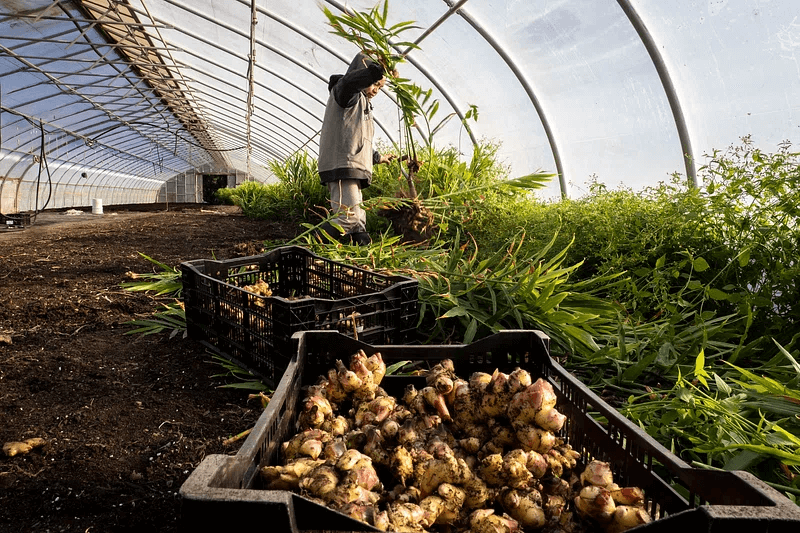The productivity of organic farming systems and their capacity to address the global food demand of a rapidly increasing population has been debated. Its popularity has amplified among consumers and the progressive global market (Badgley, 2007; Halberg et al., 2005; Trewavas, 2001; Stanhill, 1990). Incidentally, the claimed benefits of organic farming have been contested by Stanhill (1990) and Trewavas (2001), who criticized that organic farming produces lower yield and requires more production area to generate the same amount of food as conventional farms, further exacerbating deforestation and biodiversity loss, thus diminishing its environmental benefits.
In one of the early meta-analyses that compared the yields of the two farming systems, Seufert et al. (2012) reported lower yields from organic farming than those from conventional farming. Furthermore, it emphasized that differences in yield are highly contextual to system and site characteristics. Notably, they reported 5% lower yields in organic compared to conventional systems in rain-fed legumes and perennials on weak-acidic to weak-alkaline soils, 13% lower yields when best organic practices were applied, and 34% lower yields when the two farming systems were most comparable. They also observed that nitrogen (N) availability was a major yield-limiting factor in organic systems. This comparative study on yield was subsequently followed by a meta-analysis conducted by Knapp and van der Heijden (2018), who reported a 15% reduction in temporal yield stability in organic farming compared to that of conventional farming.































